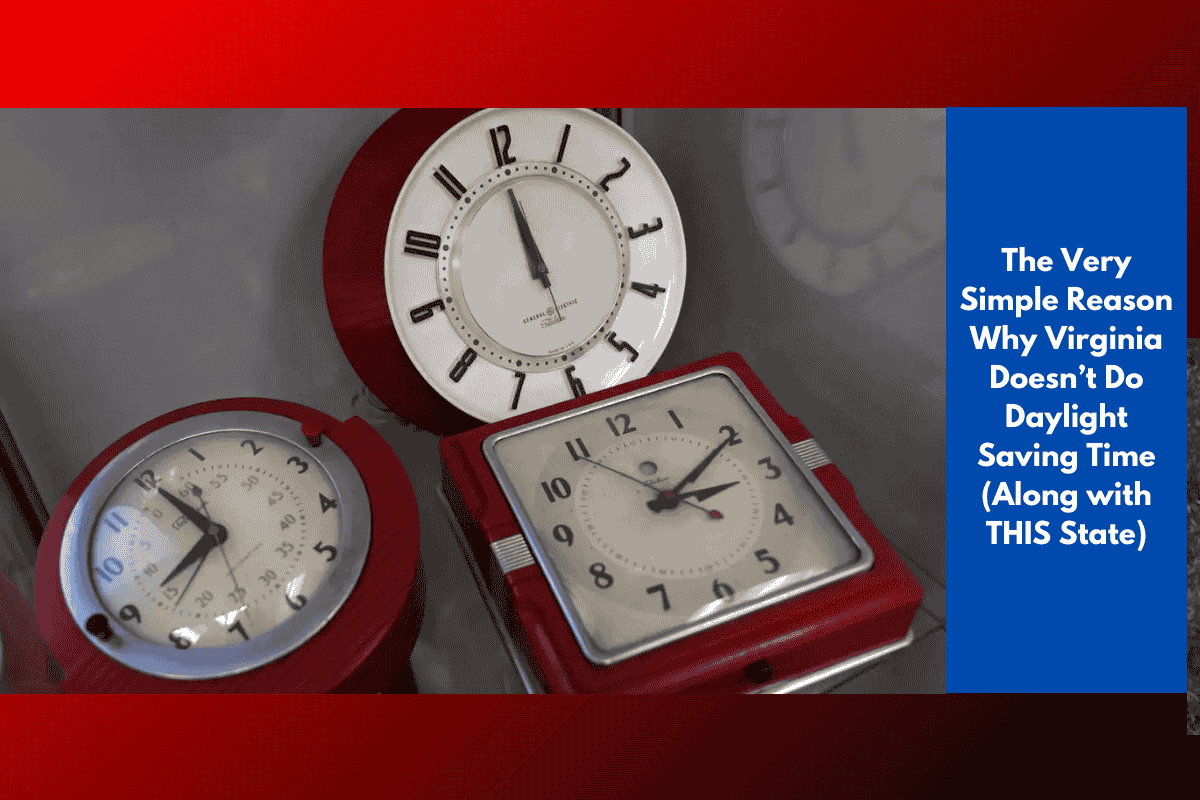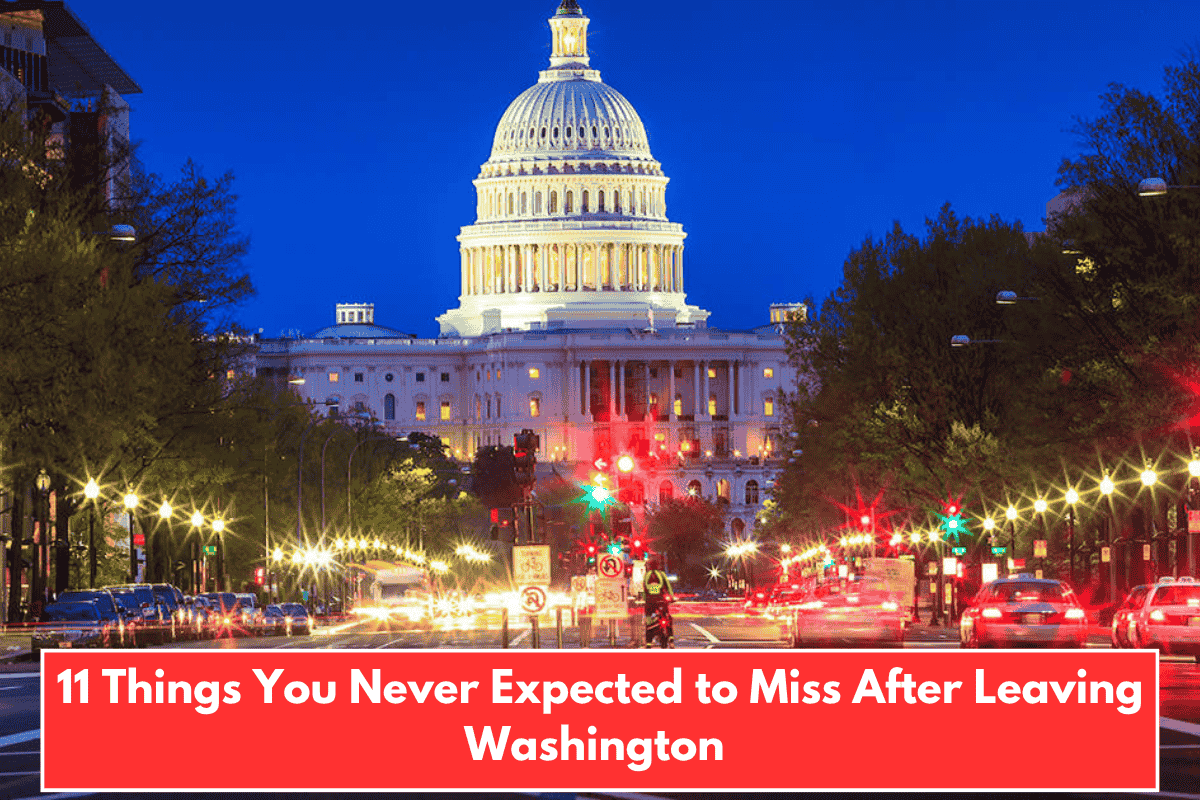Virginia actually does observe daylight saving time in line with most of the United States—the main exceptions are Arizona (except the Navajo Nation) and Hawaii, which do not “spring forward” or “fall back” each year. The very simple reason these two states opt out is climate and geography: Arizona’s desert heat makes longer daylight hours impractical, and Hawaii’s location near the equator means its days are a similar length year-round, so changing clocks offers no real benefit.
States Not Observing DST
Arizona (except Navajo Nation): Stays on standard time because extra evening heat makes DST unpopular and largely unnecessary.
Hawaii: Does not observe DST due to minimal daylight variation close to the equator.
Simple Reason They Opt Out
Both states cite unique local conditions—either extreme heat or geographic proximity to the equator—as reasons for sticking to standard time all year. This avoids the inconvenience and inefficiency that DST can cause in their climates.
Key Fact: Virginia Does Observe DST
Virginia follows the federal DST schedule, changing clocks twice per year like the majority of states. Only Arizona and Hawaii completely opt out under current U.S. regulations.
SOURCES
(https://www.timeanddate.com/time/change/usa)
(https://www.accuweather.com/en/weather-news/daylight-saving-time-2025-when-do-clocks-fall-back/1814533)(https://www.jagranjosh.com/us/trending/us-time-changes-1860001105)(https://www.usatoday.com/story/news/nation/2025/09/08/when-daylight-saving-time-2025/85821111007/)(https://thehill.com/homenews/state-watch/5464355-daylight-saving-time-which-states-want-to-stop-changing-the-clocks/)














